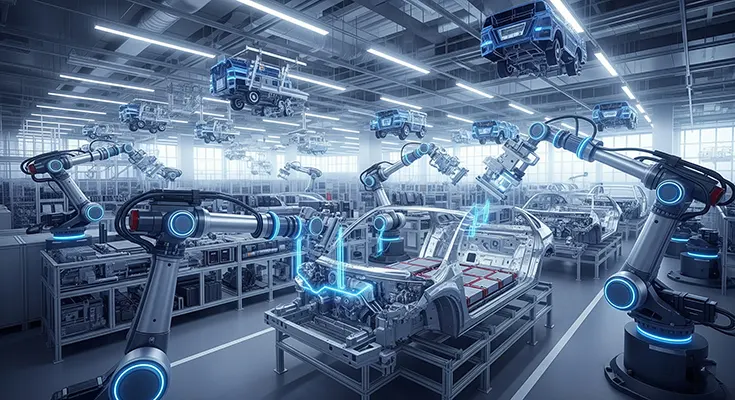
For the past few years, new technologies have been changing the way construction works. In fact, more and more companies are starting to realize how these developments affect not only the productivity of the workers, but safety, collaboration, and mobility as well.
The new age of engineering and construction technology is something to look forward to. It’s the start of the new era, and it will transform the construction industry for the better. It would have the ability to resolve some issues regarding how information and other vital data are delivered, communicated, and shared within the network.
Here’s a list of 3 new age engineering and construction technology.
1. On-Site Execution
On-site execution is one of the most important aspects of the construction industry. In this area, companies usually encounter a lot of challenges, such as low productivity to delays in material shipments, which could be a huge problem, especially to those who are trying to meet deadlines. Construction technology startups have been looking for ways on how to solve this problem or come up with solutions that would reduce its negative impact.
One of the few things they thought of implementing includes field productivity. There’s a couple of new tools known for improving field productivity as it’s capable of tracking deployment in real time. This includes the number of active working hours for each worker.
For instance, some tools could track employees by merely analyzing data coming from wearable GPS devices, and there are those which require the workers to input their data regarding their location, activities, and hours into mobile devices. With field-productivity applications, it is expected that companies will be able to manage project staffing efficiently and be able to monitor on-site productivity at the worker level.
To support that, some tools used in the construction industry are now capable of retrieving data on actual project hours, remaining hours, and budget hours.
Safety monitoring is another beautiful innovation where applications, traffic devices, such as a traffic cone, and smart wearables are used to monitor the workers, so as the environment. During accidents or emergency situations, these applications would send alerts to the entire workforce.
2. Digital Collaboration
Because during a project, the architects, foremen, and engineers are widely dispersed, it can be a challenge to communicate with each other. Communication is essential in this industry, as they have to consult one another to determine if there are modifications to be made or mistakes to be fixed.
This explains why a lot of construction-technology start-ups started focusing on tools capable of promoting digital collaboration— the exchange of information online. Some of the most compelling devices include are capable of solving some problems, including design management, contract management, performance management, and document management.
In design management, the team has to update blueprints and other project documents regularly. Wherein, instead of returning to the office to complete such task, these workers can manage to work on them even while they’re on the field. For instance, there are mobile apps that allow you to add markups, hyperlinks, and annotations to the blueprint.
As for contract management, these are the type of tools that help construction workers with a variety of tasks. For example, workers can use them to update a contract, or collect information. There are also tools that allow managers to update and immediately share information, such as workforce data in the field– which is very important during the preconstruction process.
This is known as performance management. There are plenty of performance management dashboards that could generate automatically essential field data and merely the process of gathering information.
3. Back Office Integration
Back office integration is comprised of some functions, ranging from finance, accounting, and human resources. These work great in helping companies access valuable project data regarding schedules, costs, and investments. More often than not analysts fail to consider this information because it’s hard to obtain.
Fortunately, startups developed solutions– most of which are designed from an accounting perspective, and these can be used by the construction team to access real-time back office data. In fact, there are even some tools that allow contractors to see which change orders a company must focus on, and this includes the ones that still have a pending payment.
Furthermore, a lot of back-office also utilize this for managing equipment and scheduling to help construction crews reduce costs and improve their operations!












